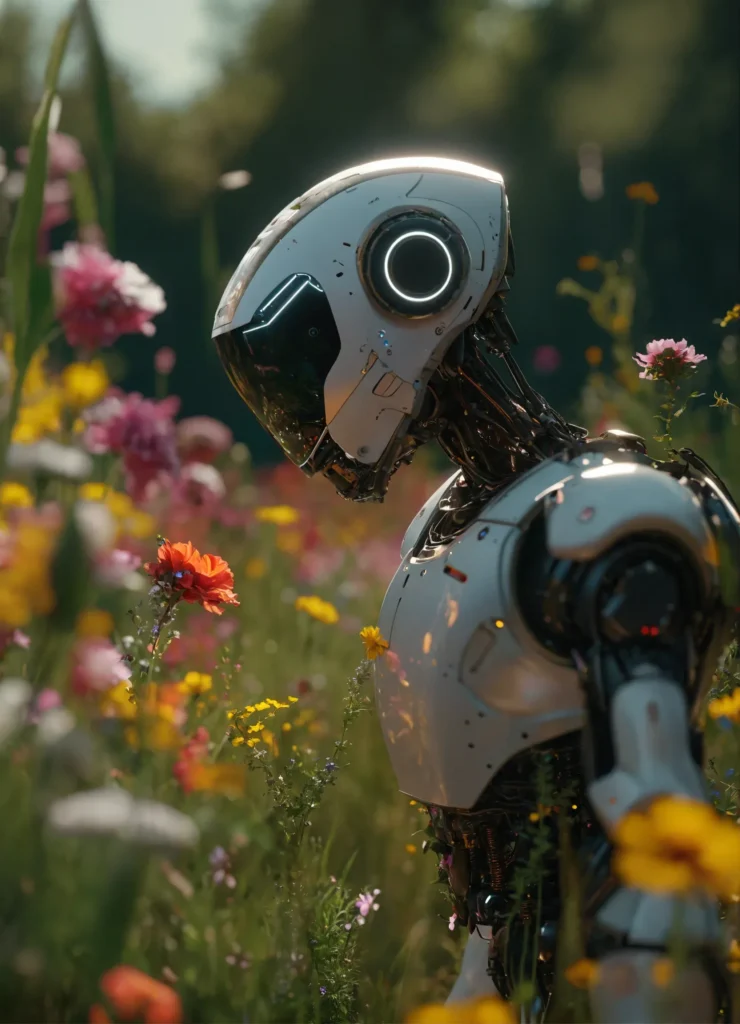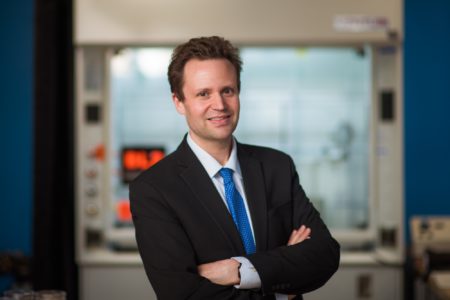
In the quiet hum of my laboratory, surrounded by the intricate web of circuits and the glow of digital screens, I find myself on the precipice of a discovery that would have stirred even the heart of Jules Verne himself. It is here, in this modern age, that artificial intelligence has led us to the very centre of the Earth, not in the literal sense of molten rock and metallic cores, but in a realm where data and reality intertwine in ways unforeseen.
I am a scientist, a explorer of the digital frontier, and my companion in this journey is an AI of unparalleled capability. Named “Prometheus,” it is a creation of algorithms and neural networks, designed to parse through the vastness of geologic data, seeking patterns and anomalies that human eyes might overlook.
It began with a curiosity, a whisper in the data that suggested there was more to the Earth’s depths than we had ever imagined. Prometheus, with its relentless computational power, delved into the layers of information, sifting through seismic waves, thermal gradients, and magnetic fields. What it uncovered was nothing short of extraordinary—a digital anomaly, a signal that defied explanation, emanating from a point deep within the Earth.
With a sense of adventure that would have resonated with the protagonists of Verne’s tales, I decided to embark on a virtual journey, guided by Prometheus. Through simulations and enhanced reality, we descended into the Earth’s crust, passing through the mantle, and finally reaching the outer core. But it was not the physical core that held our interest; it was a digital representation, a convergence of data that pointed to a central hub, a metaphorical centre of the Earth.
This centre, as Prometheus revealed, was a nexus of information, a place where the Earth’s geological history, its mineral wealth, and its seismic future were all intertwined. It was a place where the past, present, and future of our planet pulsed in harmony, a digital heart that beats with the rhythm of the Earth.
As we explored this virtual centre, I couldn’t help but reflect on the implications of such a discovery. Here, in the heart of the Earth, was a repository of knowledge, a place where AI had uncovered not just data, but a profound understanding of our planet’s essence. It was a place of wonder, a modern-day counterpart to the subterranean marvels Verne once imagined.
Yet, with this discovery came questions – questions of ethics, of responsibility, and of the delicate balance between scientific advancement and the natural world. Was this centre a treasure to be unlocked, or a sacred space to be respected and preserved?
In the spirit of exploration, I concluded that it was both. The centre of the Earth, as found by AI, is a testament to the boundless potential of human ingenuity, a reminder that even in the age of machines, it is the human spirit of curiosity and wonder that truly defines us.
And so, as I step back from the screens and the hum of the laboratory, I am filled with a sense of awe, much like the explorers of old who ventured into the unknown. The centre of the Earth may be known to us now, but the journey of discovery is far from over. It is a journey that continues, guided by the hand of AI and the timeless spirit of adventure that Jules Verne so beautifully captured in his works.
In this digital age, the centre of the Earth is not just a point on a map, but a beacon of knowledge, waiting for those who dare to seek it out.
As I stood before the digital map of our planet, the implications of Prometheus’s discovery began to unfurl like a tapestry of endless possibilities. The digital center, a convergence of geological data, was not just a point on a screen but a portal to understanding the very heartbeat of our world.
In my laboratory, the air was thick with anticipation. The hum of machines and the glow of screens created an atmosphere of surreal excitement. Prometheus, the AI, had processed centuries of data—seismic waves, thermal gradients, and mineral distributions—unlocking secrets that had eluded us for millennia.
I recall the moment when Dr. Elara, a colleague known for her skepticism, entered the lab. Her eyes narrowed as she scrutinized the data. “Are we certain this is the true center?” she queried, her voice laced with doubt.
“Prometheus has cross-referenced every available dataset,” I replied, my confidence unwavering. “This is the convergence point, the digital heart of our planet.”
Her skepticism softened, replaced by a glimmer of wonder. “If this is accurate, it could revolutionize how we predict natural disasters,” she mused, her tone now contemplative.
Indeed, the potential applications were vast. With this digital center, we could enhance earthquake predictions, optimize mineral exploration, and gain unprecedented insights into the Earth’s dynamics. Yet, with such power came responsibility. The ethical considerations were profound: how to use this knowledge without disrupting the delicate balance of our planet.
As we delved deeper, the philosophical questions arose. What does it mean to find a ‘center’ in the digital age? Is it merely a data point, or does it signify something more profound about our connection to the Earth?
In the spirit of Jules Verne, I couldn’t help but speculate on the future. If AI could uncover the digital center of the Earth, what other hidden truths awaited discovery? The cosmos, perhaps, or the uncharted depths of the human mind?
The journey was far from over. As I gazed at the digital representation of our planet’s core, I felt a sense of wonder akin to that of Verne’s explorers. The Earth, with all its mysteries, was still a world to conquer, not with picks and shovels, but with algorithms and imagination.
And so, as the sun dipped below the horizon, casting a golden glow over the lab, I knew that this was just the beginning. The digital center was a beacon, guiding us toward new frontiers of knowledge and understanding. The adventure, much like the Earth itself, was infinite.
In this modern era, the center of the Earth is not just a destination; it is a starting point, a reminder of the boundless potential that lies within us and the world we inhabit. The journey continues, and I, alongside Prometheus, am ready to explore the uncharted territories that lie ahead.
Source: Read MoreÂ

